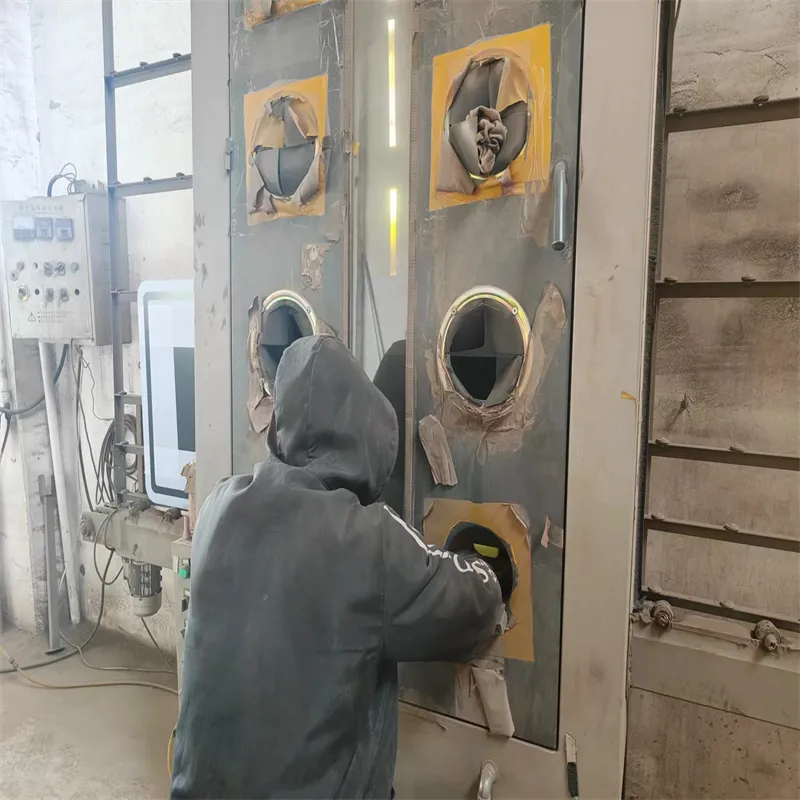Nov . 19, 2024 20:59 Back to list
low emissivity low e glass
Understanding Low Emissivity (Low-E) Glass Benefits and Applications
Low emissivity (Low-E) glass is an innovative type of window glazing that plays a significant role in modern architectural design and energy efficiency. With increasing awareness of climate change and the need for sustainable building practices, Low-E glass has emerged as a highly sought-after material in both residential and commercial constructions. This article delves into the composition, benefits, and applications of Low-E glass, highlighting its pivotal role in enhancing energy efficiency.
What is Low-E Glass?
Low-E glass is a glass product that has a thin, transparent coating, which is typically made of silver or other metallic compounds. This coating reflects infrared light while allowing visible light to pass through. By minimizing the amount of infrared radiation that enters or escapes a building, Low-E glass significantly enhances insulation properties, keeping interiors comfortable regardless of external weather conditions. This technology is particularly valuable in regions with extreme climates, as it can help in reducing heating and cooling costs.
How Does Low-E Glass Work?
The effectiveness of Low-E glass lies primarily in its ability to minimize heating from solar radiation while still permitting natural light to fill indoor spaces. When sunlight strikes a Low-E coated surface, a significant portion of the infrared rays—which contribute to heat—is reflected back outside. Conversely, in colder months, the coated surface reflects the room's heat back into the living space, reducing the need for additional heating.
There are two main types of Low-E glass hard coats and soft coats. Hard coat Low-E glass is produced through a process called pyrolytic coating, which involves applying a thin layer during manufacturing at high temperatures. This type is more durable and is often used in commercial applications. Soft coat Low-E glass, on the other hand, involves depositing the coating at lower temperatures, making it more efficient for thermal insulation but less durable, suitable for residential uses.
Benefits of Low-E Glass
1. Energy Efficiency Perhaps the most significant benefit of Low-E glass is its ability to improve energy efficiency drastically. By reducing heat transfer, buildings equipped with Low-E windows can substantially lower their energy consumption, resulting in lower utility bills.
low emissivity low e glass

2. Comfort Low-E glass helps maintain a consistent indoor temperature, enhancing occupant comfort. It minimizes drafts and hot spots near windows, making for a more pleasant living or working environment.
3. UV Protection The Low-E coating not only reduces heat but also blocks a significant portion of harmful ultraviolet (UV) rays. This helps in protecting furnishings, flooring, and artwork from fading due to sun exposure.
4. Environmental Impact By lowering energy consumption, buildings using Low-E glass contribute to reduced greenhouse gas emissions. This makes it a vital component in sustainable building practices and environmentally friendly construction.
Applications of Low-E Glass
Low-E glass is widely employed in various applications, including residential and commercial buildings, as well as in vehicle windows and skylights. In residential homes, Low-E windows can be incorporated into new constructions or retrofitted into existing frames. They are particularly popular in regions where energy efficiency is a priority, either due to climate demands or energy costs.
In commercial settings, Low-E glass is often used in office buildings and storefronts, where it helps control heating and cooling costs while maximizing natural light. Additionally, Low-E glass is becoming increasingly common in the transportation sector, particularly in the design of energy-efficient vehicles.
Conclusion
In summary, Low emissivity (Low-E) glass is a groundbreaking advancement in building technology that offers a range of benefits, from improved energy efficiency and occupant comfort to UV protection and reduced environmental impact. As the demand for sustainable materials increases, Low-E glass is likely to play an integral role in shaping the future of construction and design. Whether in homes or commercial spaces, the integration of Low-E glass is a smart choice for enhancing energy efficiency while promoting a comfortable living environment.
-
Safety and Style with Premium Laminated Glass Solutions
NewsJun.24,2025
-
Reinvents Security with Premium Wired Glass
NewsJun.24,2025
-
Premium Float Glass Line for Modern Architecture
NewsJun.24,2025
-
Low Emissivity Glass for Energy-Efficient Architecture
NewsJun.24,2025
-
High-Performance Insulated Glass Solutions for Modern Architecture
NewsJun.24,2025
-
Elevates Interior Style with Premium Silver Mirror
NewsJun.24,2025
Related PRODUCTS














